How To Protect Camera Lens From Sun?
Protecting your camera lens from the sun is crucial for maintaining the quality and longevity of your photography equipment. The sun's harsh rays can cause significant damage to your lens, leading to issues such as lens flare, overheating, and even permanent damage to the lens coating. In this article, we will explore various methods and best practices to safeguard your camera lens from the sun, ensuring that you can continue capturing stunning images without compromising your gear.
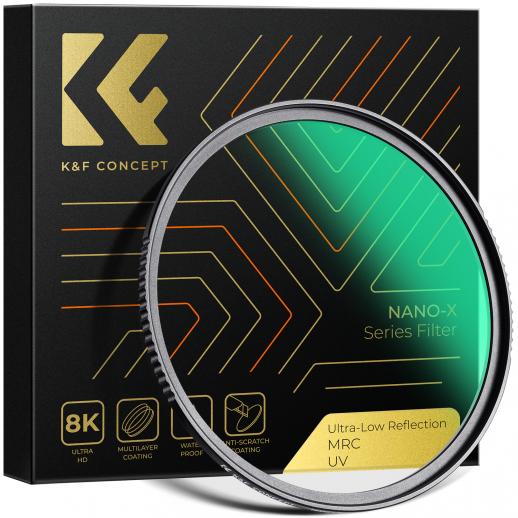
Understanding the Risks
Before diving into the protective measures, it's essential to understand the risks associated with exposing your camera lens to the sun. The primary concerns include:
1. Lens Flare: This occurs when direct sunlight hits the lens, causing unwanted light streaks and reducing image contrast.
2. Overheating: Prolonged exposure to the sun can cause your camera and lens to overheat, potentially damaging internal components.
3. UV Damage: Ultraviolet (UV) rays can degrade the lens coating over time, affecting image quality.
4. Sensor Damage: Direct sunlight can damage the camera sensor, especially during long exposures or when using the viewfinder.
Use a Lens Hood
One of the simplest and most effective ways to protect your camera lens from the sun is by using a lens hood. A lens hood is a cylindrical or petal-shaped attachment that fits onto the front of your lens. It serves multiple purposes:
- Reduces Lens Flare: By blocking stray light from entering the lens, a lens hood minimizes lens flare and enhances image contrast.
- Physical Protection: It provides an additional layer of protection against accidental bumps and scratches.
- Weather Shield: A lens hood can also offer some protection against rain and dust.
When purchasing a lens hood, ensure it is compatible with your specific lens model for optimal performance.
Use UV or Polarizing Filters
UV and polarizing filters are essential accessories for protecting your camera lens from the sun. These filters screw onto the front of your lens and offer several benefits:
- UV Filters: These filters block harmful UV rays, preventing them from reaching the lens and sensor. They also provide an extra layer of protection against scratches and dust.
- Polarizing Filters: These filters reduce glare and reflections from surfaces like water and glass, enhancing image clarity and color saturation. They are particularly useful for landscape photography.
While UV filters are primarily for protection, polarizing filters can also improve the quality of your photos by reducing unwanted reflections and enhancing colors.
Avoid Direct Sunlight
Whenever possible, avoid pointing your camera directly at the sun. This not only reduces the risk of lens flare and sensor damage but also helps in capturing better-exposed images. Here are some tips to avoid direct sunlight:
- Shoot During Golden Hours: The golden hours, shortly after sunrise and before sunset, offer soft, diffused light that is ideal for photography. The sun is lower in the sky, reducing the risk of direct exposure.
- Use Natural Shade: Look for natural shade provided by trees, buildings, or other structures to shield your camera from direct sunlight.
- Change Angles: Adjust your shooting angle to avoid direct sunlight. Experiment with different perspectives to find the best lighting conditions.
Use a Lens Cap
A lens cap is a simple yet effective tool for protecting your camera lens from the sun when not in use. Always keep the lens cap on when your camera is stored or not in use to prevent accidental exposure to sunlight. Additionally, consider using a rear lens cap to protect the back element of the lens.
Invest in a Camera Bag
A high-quality camera bag is essential for protecting your camera and lenses from the sun and other environmental factors. Look for a bag with the following features:
- Padded Compartments: Ensure the bag has padded compartments to protect your gear from bumps and impacts.
- Weather Resistance: A weather-resistant bag will protect your equipment from rain, dust, and direct sunlight.
- Easy Access: Choose a bag that allows easy access to your gear, so you can quickly retrieve and store your camera when needed.
Use a Tripod with a Shade
When shooting in bright sunlight, consider using a tripod with an attached shade or umbrella. This setup provides a stable platform for your camera while shielding it from direct sunlight. Some tripods come with built-in shades, or you can purchase a separate shade attachment.
Monitor Camera Temperature
Overheating can be a significant issue when shooting in direct sunlight for extended periods. To prevent this, regularly monitor your camera's temperature and take breaks to allow it to cool down. Here are some tips to manage camera temperature:
- Turn Off When Not in Use: Turn off your camera when not actively shooting to prevent unnecessary heat buildup.
- Use a Cooling Fan: Some photographers use small, portable fans to keep their camera cool during long shoots.
- Avoid Prolonged Exposures: Limit the duration of long exposures, as they can generate additional heat.
Post-Processing Techniques
Even with the best protective measures, some degree of lens flare or glare may still occur. Post-processing software like Adobe Lightroom or Photoshop can help mitigate these issues. Here are some techniques to consider:
- Remove Lens Flare: Use the spot healing or clone stamp tools to remove unwanted lens flare from your images.
- Adjust Contrast and Saturation: Enhance image contrast and color saturation to compensate for any loss caused by lens flare.
- Use Graduated Filters: Apply graduated filters to balance exposure and reduce the impact of bright sunlight.
Protecting your camera lens from the sun is essential for maintaining the quality and longevity of your photography equipment. By using lens hoods, filters, and lens caps, avoiding direct sunlight, investing in a quality camera bag, and monitoring your camera's temperature, you can safeguard your gear and continue capturing stunning images. Additionally, post-processing techniques can help mitigate any residual effects of sun exposure, ensuring your photos look their best. With these tips and best practices, you can confidently shoot in various lighting conditions without compromising your camera lens.




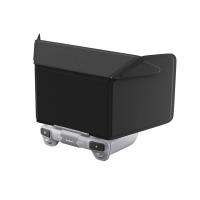

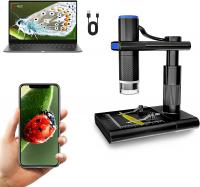

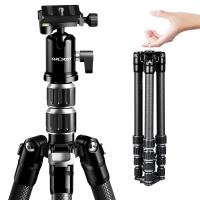
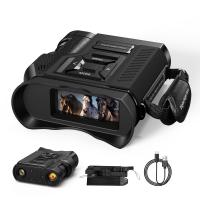
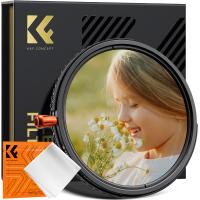

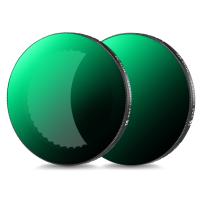
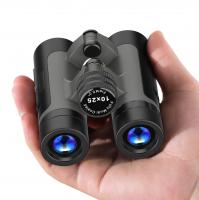
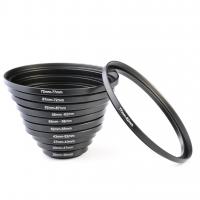
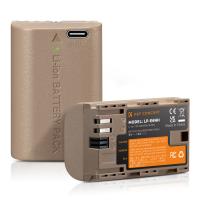
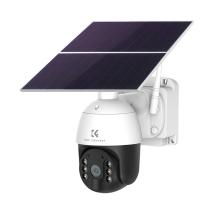

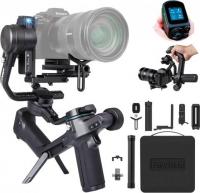
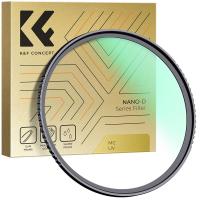

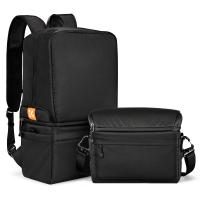

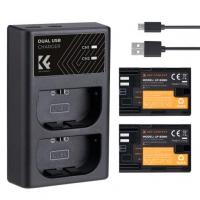
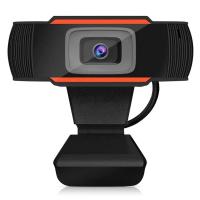
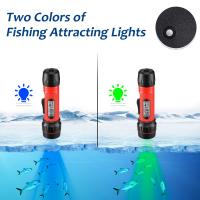



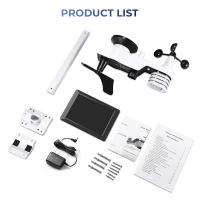
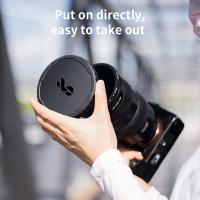



There are no comments for this blog.